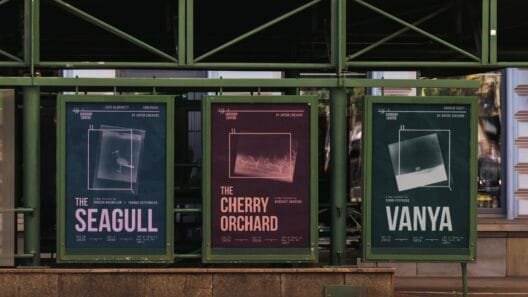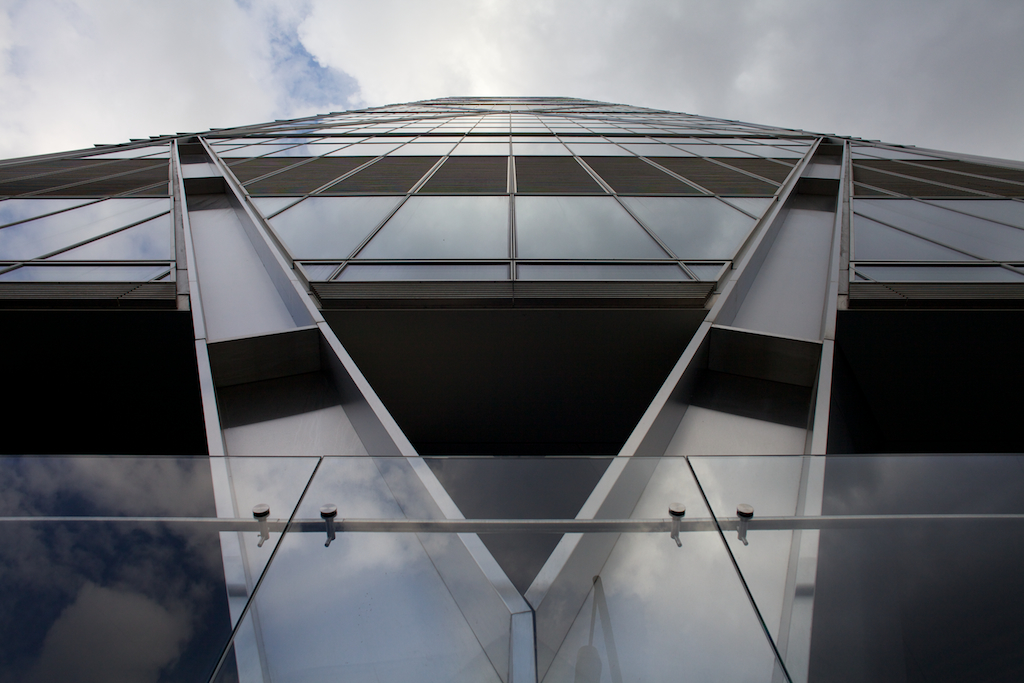Old Street, often referred to as the heart of London’s ‘Tech City,’ has established itself as a prime location for modern, innovative office spaces. With a mix of start-ups, creative agencies, and tech giants, the area which overlaps with Shoreditch is known for its dynamic work environments that blend functionality with cutting-edge design.
Flexible and Collaborative Workspaces
The rise of flexible working has transformed office spaces in Old Street. Many businesses opt for co-working spaces or serviced offices that offer scalability and adaptability. Research from JLL indicates that flexible office space in London grew by 25% in recent years, reflecting the demand for work environments that can evolve with business needs.
These spaces often feature open-plan layouts with communal breakout areas, encouraging collaboration and networking. Offices can be fully furnished rentals with meeting rooms equipped with high-tech conferencing facilities cater to remote and hybrid working models, a trend that has become increasingly prominent across industries.
Smart Technology Integration
Technology is a key feature of Old Street offices, with many incorporating smart systems to enhance productivity and efficiency. Automated lighting, climate control, and security systems create a seamless working experience while also improving energy efficiency.
According to the British Council for Offices, smart building technology can reduce operational costs by up to 30%, making it an attractive feature for businesses looking to optimise resources.
High-speed internet and cloud-based communication tools are essential, ensuring that businesses remain connected globally. Many offices also integrate AI-driven data analytics to monitor workspace usage, helping companies adapt layouts and resources to employee needs.
Sustainability and Eco-Friendly Design
Sustainability is a growing priority for offices in Old Street, with many buildings designed to meet high environmental standards and achieve net zero. Features such as energy-efficient lighting, green roofs, and bicycle storage encourage sustainable commuting and reduce the overall carbon footprint.
BREEAM-certified buildings are becoming the norm, with developers aiming to create workspaces that align with corporate social responsibility goals. A report from the UK Green Building Council found that 74% of office workers prefer workplaces with strong green credentials, driving demand for eco-conscious office spaces in the area.
Amenities and Lifestyle Perks
Beyond functionality, offices in Old Street offer a range of amenities designed to enhance employee well-being. Onsite gyms, meditation rooms, and wellness programmes cater to the increasing focus on work-life balance. Rooftop terraces and communal lounges provide spaces for relaxation and informal meetings, fostering a positive work culture.
Proximity to a vibrant food and drink scene is another key attraction. Employees benefit from an array of independent cafes, restaurants, and street food markets, making Old Street a desirable location for businesses looking to attract and retain top talent.
Conclusion
The epitome of an office in Old Street combines flexibility, technology, sustainability, and lifestyle perks. Businesses are increasingly seeking workspaces that not only meet operational needs but also enhance employee satisfaction and environmental responsibility. As the area continues to evolve, it remains a hub for innovation and forward-thinking office design.






